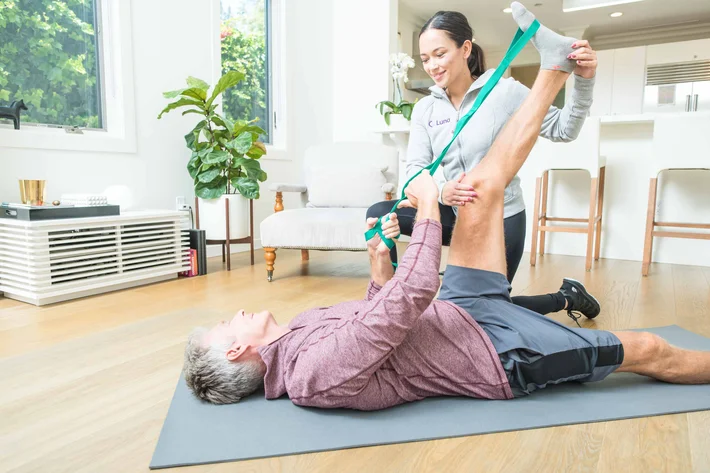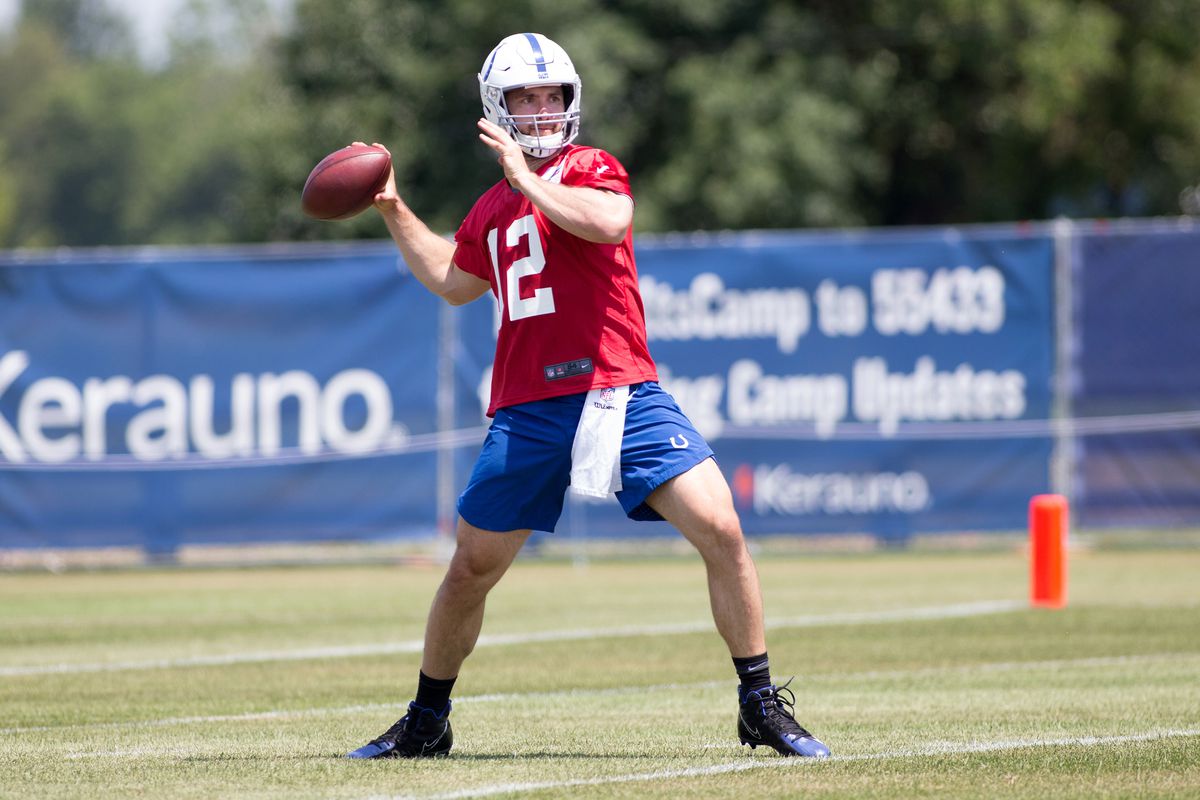Congrats—you’re on the road to recovery! You have a physical therapist to help you heal and a home exercise program to strengthen
you and improve your mobility. After a couple of days, though, things aren’t going too well. You’re busy, and the commitment to your home exercises begins to wane. Your road to recovery has taken a serious detour.
If this sounds familiar, you’re not alone. Up to 65% of patients fail to adhere to their home exercise program.
In a study on this topic, researchers discovered three main reasons why patients failed to comply:
- The barriers that patients “perceive and encounter”
- A lack of positive feedback
- The degree of helplessness
The Best Way to Do PT Home Exercises
Even if these (or other) factors are holding you back, you can overcome them and finish your treatment. It’s all about consistency—having a time of day, location, or event that allows you to get your exercises done. Schedule it in your calendar, and set
an alert on your phone.
James Clear, the bestselling author of Atomic Habits, lists three ways to make exercise a habit:
- Develop a ritual to make starting easier. You might stack your exercise habit on top of a current one or set a schedule for yourself. For example, he notes, you can declare your intent to exercise by filling out this sentence: “During the next week, I will exercise on [DAY] at [TIME OF DAY] at/in [PLACE].” Clear’s
research shows that people who did this were two to three times more likely to exercise in the long-term.
- Start with an exercise that is “ridiculously small.” Clear talks about the “2-minute rule,” in which you find a way to get started in two minutes—and not worry about your entire workout. For runners, he says, that might be filling
up the water bottle and putting on your running shoes. For PT patients, that might include getting out the yoga mat and resistance bands and pulling up the list of prescribed exercises. “That’s all you have to do to consider today’s workout a
success,” he writes. “Often, this little 2-minute start will be enough to get your motivation flowing and help you finish the task.”
- Focus on the habit first and the results later. How many weight-loss resolutions have we made at the New Year—and failed to keep? Clear says you should “focus on the system rather than the goal.” That means establishing your
“new normal” and creating a routine you can stick to, even if you have to start small (see step number 2).
Physical Therapy Home Exercises—What To Expect
The exercises your physical therapist recommends may make you feel a little sore. That’s to be expected since you’re asking your body to do new movements. You may think the exercise is not what your body needs, but the opposite is true. It’s just that
your PT has likely found your weakness and/or your imbalances, and has designed a home exercise program to correct these.
Completing your home exercise program is essential to healing. On-demand physical therapy can help improve your adherence because
your PT can design a program that is based on your actual environment, rather than one that is simulated in a clinic. If your doctor has recommended PT or you would like to seek one yourself,
consider on-demand physical therapy from Luna. We’re here to serve!
Luna is the leading provider of in-home physical therapy, delivering exceptional care to thousands of patients across the country.
Lily Beltran is the Head of Operations and Co-Founder of Luna, where she has been instrumental in transforming the delivery of outpatient physical therapy by bringing high-quality, in-home care to patients. With extensive experience in healthcare operations, performance improvement, and regulatory compliance, she has successfully led initiatives to optimize patient care, streamline credentialing, and enhance therapist success. Passionate about creating high-value healthcare solutions, Lily combines her expertise in business strategy and clinical performance to drive Luna’s mission of making physical therapy more accessible, convenient, and effective.









